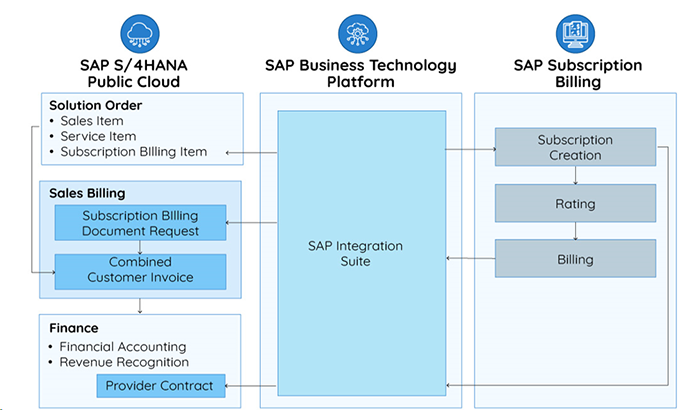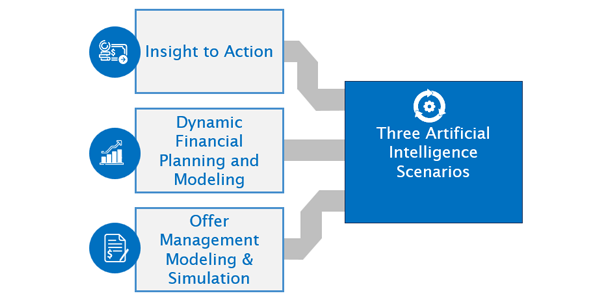In recent years, the semiconductor industry has experienced a roller coaster ride of widely swinging changes in both challenges and opportunities. During the pandemic, the mass movement to work-from-home scenarios and heavy reliance on networked applications drove demand up at the same time that global supply chains were severely disrupted. Then, in the past two years, the meteoric rise of artificial intelligence with generative-AI applications popping up seemingly everywhere has been driving another peak in demand for chip makers.
In addition, geopolitical concerns about semiconductor IP and manufacturing are also significantly influencing decisions on where semiconductor foundries and assembly facilities should be located and whether advanced chip designs should be banned from export to certain countries.
According to the Semiconductor Industry Association (SIA), the industry will see a 13% sales rise in 2024, after declining 8.2% in 2023, while Gartner, Inc. forecasts that global semiconductor revenue will grow 16.8% in 2024 to total $624 billion. International Data Corporation (IDC) also upgraded its Semiconductor Market Outlook, calling for a return to growth, with a 20.2% increase to $633 billion in 2024.














